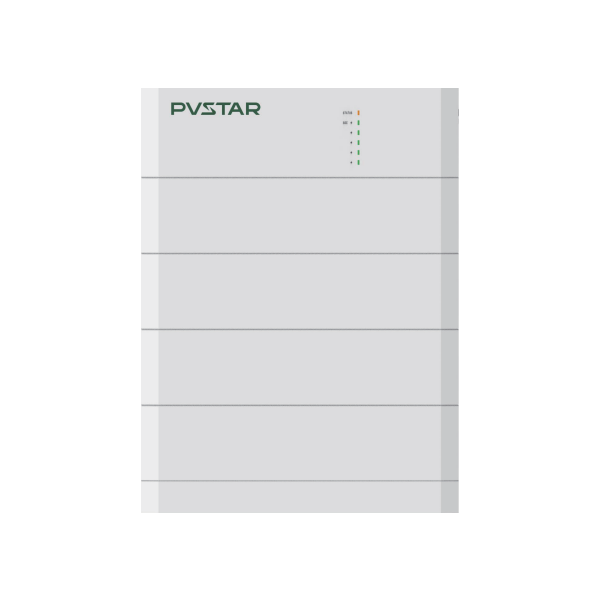China Solar Panel Battery Cost: Home Battery System 7.5-20kWh
Product Details
| Model | Capacity | Usable Capacity | Rated Voltage |
|---|---|---|---|
| PVS-HB 075A | 7.68kWh | 6.91kWh | 153.6V |
| PVS-HB 100A | 10.24kWh | 9.21kWh | 204.8V |
| PVS-HB 125A | 12.80kWh | 11.52kWh | 256.0V |
| PVS-HB 150A | 15.36kWh | 13.82kWh | 307.2V |
| PVS-HB 175A | 17.92kWh | 16.12kWh | 358.4V |
| PVS-HB 200A | 20.48kWh | 18.43kWh | 409.6V |
Common Product Specifications
| Max Input Current | 25A |
|---|---|
| Max Output Current | 30A |
| Installation Location | Indoor/Outdoor |
| Operating Temperature Range | Charging: 0℃~50℃, Discharging: -20℃~50℃ |
Product Manufacturing Process
The manufacturing process of lithium iron phosphate (LiFePO4) batteries, as utilized in PVSTAR products, follows advanced energy storage techniques established in renowned research papers. These batteries undergo rigorous quality control measures to ensure optimal performance. A key process includes synthesizing the LiFePO4 material, typically through a solid-state reaction. This involves blending lithium carbonate with iron phosphate and a carbon source, followed by calcination. The material is then coated onto metal substrates to form electrodes. The precise layering process is crucial for enhancing the battery's energy density and cycle life. Consistent advancements in the manufacturing process, such as automated production lines and real-time quality monitoring systems, have enabled manufacturers in China to significantly lower solar panel battery costs. In conclusion, the refined manufacturing techniques ensure that PVSTAR's battery systems provide high efficiency and reliability, aligning with China’s commitment to sustainable energy solutions and cost-effectiveness.
Product Application Scenarios
PVSTAR's battery systems are designed for a wide range of applications, including residential, commercial, and even industrial settings. Authoritative studies indicate that integrating solar batteries with rooftop solar panels can significantly enhance energy efficiency and reduce dependency on the grid. For residential users, these systems offer seamless energy management, allowing homeowners to store excess solar power for use during peak hours or outages. In commercial applications, they help businesses mitigate energy costs through peak shaving, where stored energy is used during high-cost periods. The modular and scalable nature of these systems supports large-scale installations, enabling complete off-grid solutions or enhancing energy resilience for critical infrastructure. Research consistently highlights the cost benefits of such systems, especially in markets like China, where solar panel battery costs are increasingly competitive. This adaptability ensures that PVSTAR systems provide significant economic and environmental benefits across various sectors.
Product After-Sales Service
- Comprehensive warranty covering up to 6000 cycles.
- 24/7 customer support hotline for troubleshooting and consultation.
- Regular maintenance checks and system health updates through the PVSTAR app.
Product Transportation
- Secure packaging to minimize transit damage.
- Partnership with leading logistics providers for swift international delivery.
- Tracking available through customer portal for timely updates.
Product Advantages
- High reliability with IP65 protection rating and cell-level monitoring.
- Modular design allows easy expansion up to 81.92kWh.
- Quick and easy installation with basic tools, suitable for various rooftop scenarios.
Product FAQ
- What affects solar panel battery costs in China? The cost is influenced by capacity, battery technology, brand, and installation. Government incentives also play a significant role.
- Why choose LiFePO4 over other types of batteries? LiFePO4 offers higher safety, longevity, and efficiency, making it ideal for both residential and commercial applications.
Product Hot Topics
- Is investing in solar panel battery systems in China cost-effective? Yes, the declining solar panel battery costs in China, coupled with government incentives, make them a financially sound choice.
- What are the future trends for solar battery systems? Future trends indicate improvements in efficiency and reductions in cost due to technological advancements and increased adoption.
Image Description
There is no picture description for this product









